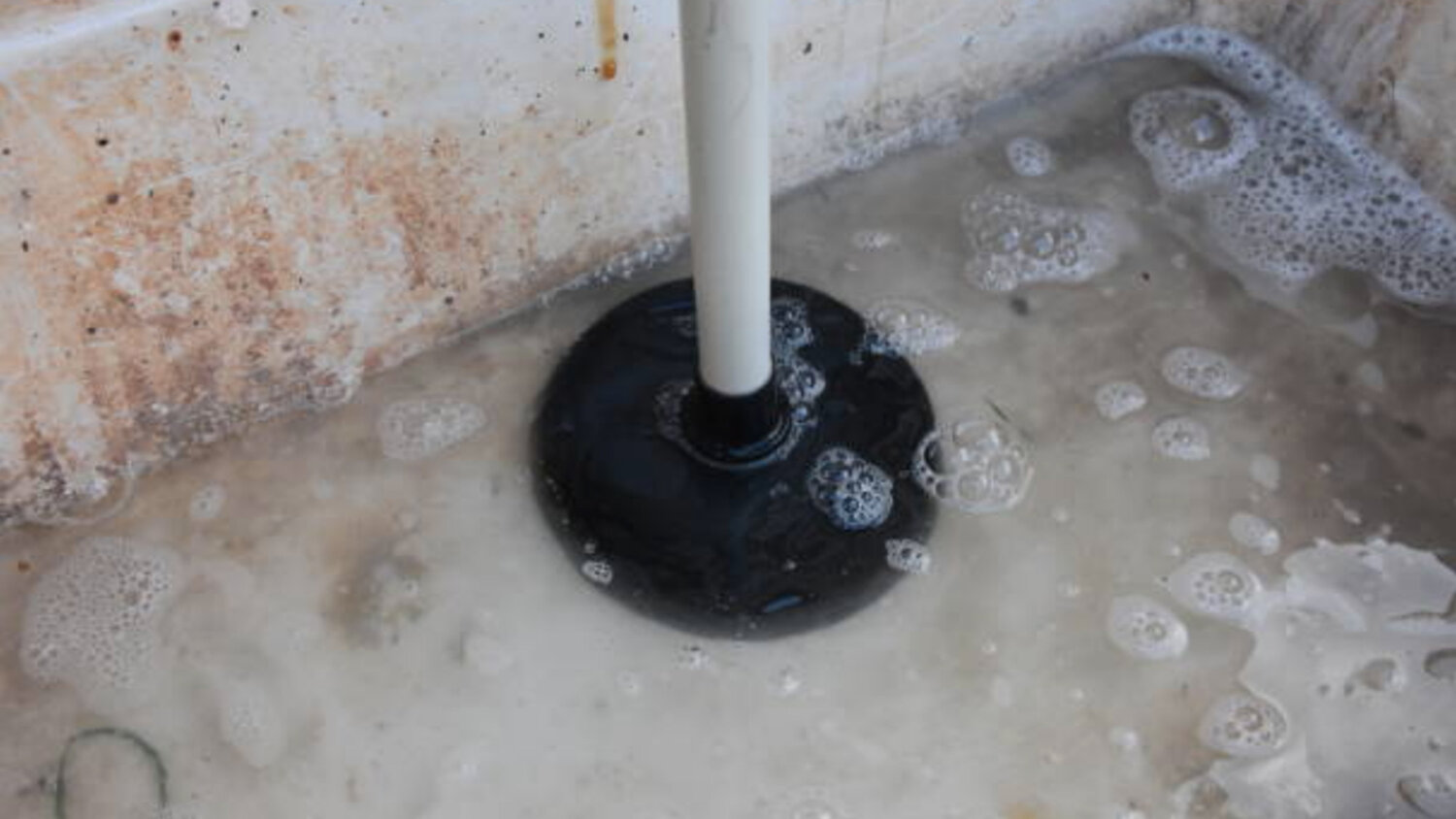On this page underneath you will find a lot of sensible insights on the subject of How to Use a Plunger to Unclog a Toilet or Drain.

Introduction
Appropriate upkeep of house drains is necessary for stopping obstructions and guaranteeing smooth water circulation. One of the secret devices in every homeowner's toolkit is the plunger, along with various drain cleaners developed to deal with persistent blockages efficiently. This post checks out exactly how to utilize bettors and drainpipe cleaners effectively to keep your drains moving openly.
Section 1: Recognizing Bettors
Types of Plungers
There are a number of types of bettors offered, each created for different types of drains and obstructs. One of the most typical types include mug plungers, flange plungers, and accordion plungers.
How Plungers Job
Plungers work on the principle of creating pressure and suction to displace clogs. When properly used over a drainpipe, they create a vacuum cleaner that can pull out debris or break up clogs.
Choosing the Right Bettor
Choosing the appropriate plunger depends upon the sort of drain and the nature of the clog. Cup bettors are optimal for sinks and bathtubs, while flange plungers are better fit for toilets because of their style.
Typical Errors with Bettors
Staying clear of these blunders guarantees efficient plunging: inappropriate seal around the drainpipe, not enough pressure, and unclear surrounding particles.
Area 2: Making Use Of Plungers Efficiently
Preparation
Prior to plunging, ensure the bettor covers the drain completely and forms a limited seal. Clear any noticeable debris around the drain opening.
Technique
Begin with mild plunging movements to construct suction. Rise pressure slowly, utilizing a stable rhythm. Repeat as necessary until the drainpipe clears.
Repairing Tips
If diving doesn't function, try adjusting the seal, applying oil jelly for a much better seal, or making use of a different sort of bettor.
Area 3: Understanding Drain Cleansers
Types of Drainpipe Cleansers
Drain cleaners can be chemical or enzymatic. Chemical cleaners utilize solid chemicals to liquify blockages, while chemical cleansers utilize all-natural enzymes to break down raw material.
How Drain Cleaning Company Work
Chemical cleansers react with clogs to dissolve them, while chemical cleansers break down organic products like hair and grease without hurting pipes.
Security Considerations
Always wear handwear covers and eye defense when using chemical drain cleaners. Make certain ample air flow and adhere to producer directions carefully.
Eco-Friendly Alternatives
Think about making use of vinegar and cooking soft drink or enzyme-based cleansers for eco-friendly options that are safer for pipes and the atmosphere.
Area 4: Making Use Of Drain Cleansers Efficiently
Application Strategies
Put chemical cleansers straight into the drain opening. Permit them to help the advised time prior to flushing with hot water. Enzymatic cleaners must sit overnight.
Precautions
Stay clear of mixing various sorts of cleaners, as this can create toxic fumes. Never make use of chemical cleansers in conjunction with a bettor, as splashing can occur.
Taking Care Of Stubborn Clogs
For consistent clogs, take into consideration utilizing a plumbing snake or calling an expert plumbing professional to stop damages to pipes.
Verdict
To conclude, comprehending just how to make use of plungers and drainpipe cleaners effectively is essential for maintaining healthy and balanced plumbing systems. By selecting the right devices and techniques, home owners can take on small obstructions and avoid significant pipes issues down the line.
How to Use a Plunger to Unclog a Drain
The humble plunger is a simple yet effective tool for breaking clogs in sinks, tubs and toilets. This handy tool is easy to use. You can make the most of its power if you understand how it works. Ready to dive in? Here’s what you need to know.
Safety First!
Never use a plunger with drain chemicals. Water will splash as you work, and the chemicals can spatter, burning skin and eyes. It’s a good idea to use rubber gloves and wear safety goggles when you work on a clog.
Choose the Right Tool for the Job
Plungers come in two different styles. Sinks, bathtubs and showers require a cup plunger. Like its name suggests, the rubber end is shaped like a cup. Use a flange plunger on toilets. These plungers have a rubber funnel extending from the cup. A plunger needs to be big enough to cover the drain.
Ready, Set, Plunge!
- Coat the rim: Coat the plunger rim with petroleum jelly. This helps make a better seal.
- Block outlets: Hold a wet rag over nearby outlets such as the overflow vent or the drain in a second sink.
- Release air: Insert the plunger at an angle into the water. Water will displace air in the cup. A water-filled cup is more forceful than one filled with air.
- Keep the plunger upright: Hold the plunger perpendicular to the drain. Use fast, forceful strokes, but make the first stroke gentle. The first stroke can create a splash if the cup still contains air. Thrust the plunger 15 to 20 times.
- Snap off the plunger: The final stroke should be a strong upward motion that ends when the plunger snaps off the drain.
- Repeat the process: you may need to repeat this sequence several times. When the water drains away, your work is done. High-five!
https://plumbernw.com/blog/how-to-use-a-plunger-to-unclog-a-drain/

Do you like reading about How to Use a Plunger to Unclog a Toilet or Drain? Create a short review down the page. We'd be pleased to know your feelings about this piece. We are looking forward that you visit us again later on. Be sure to take the opportunity to distribute this content if you enjoyed it. I treasure your readership.
Call Today
Comments on “Utilizing Plunger and Drain Cleaner: Top Techniques”